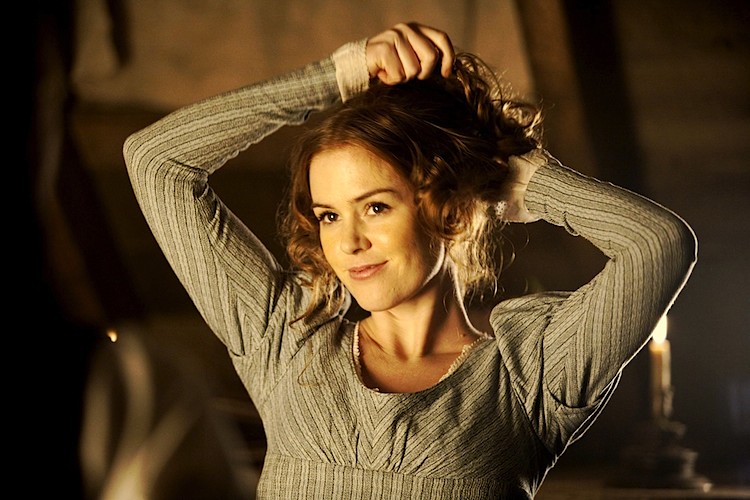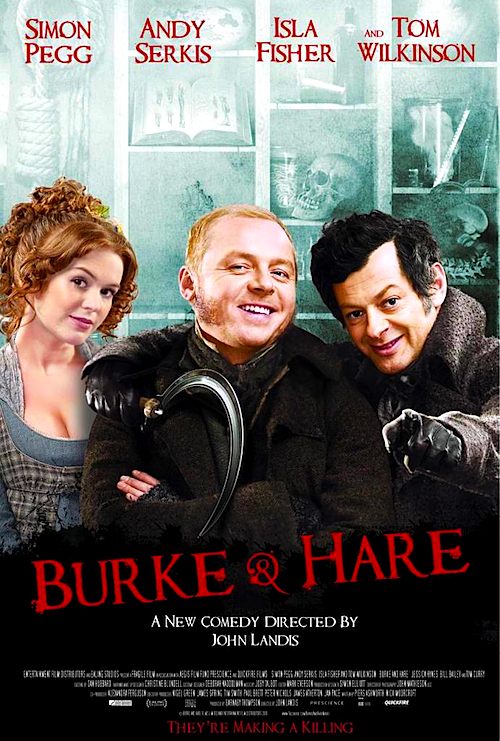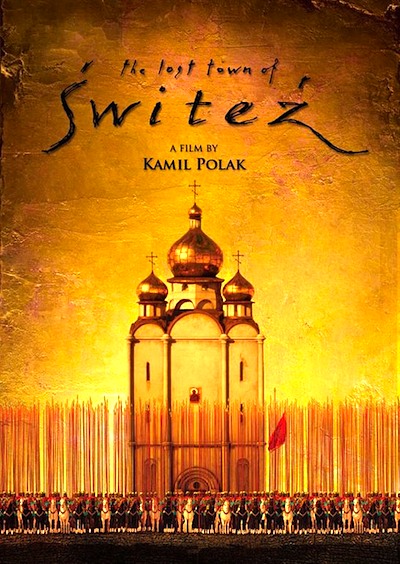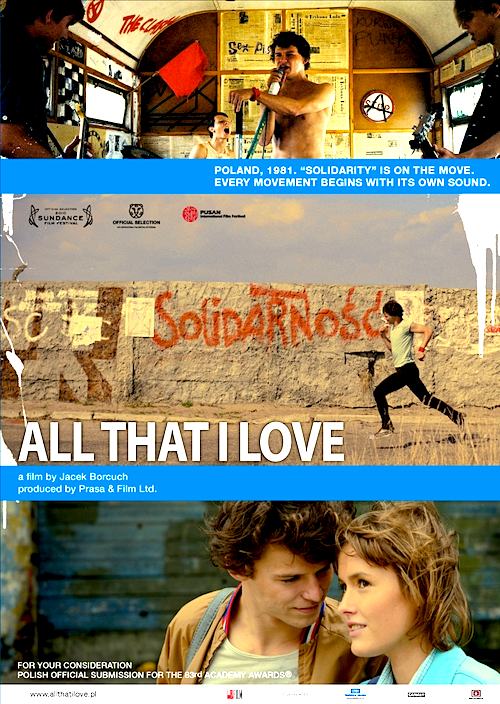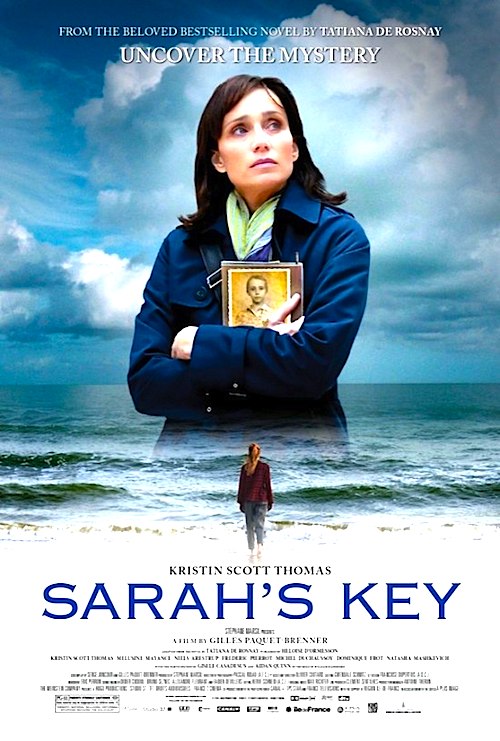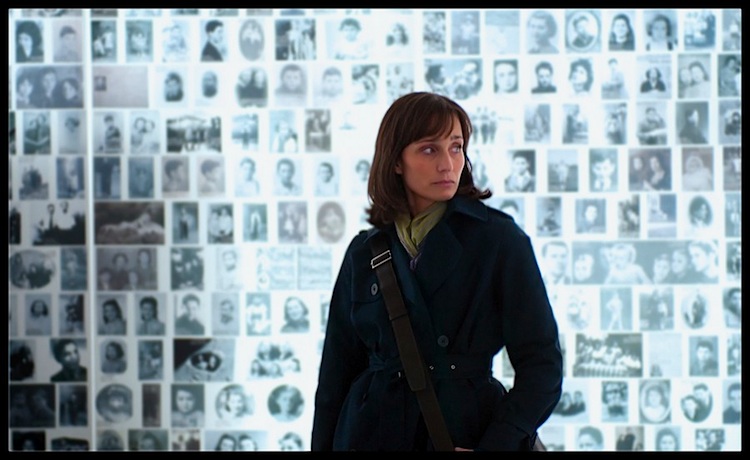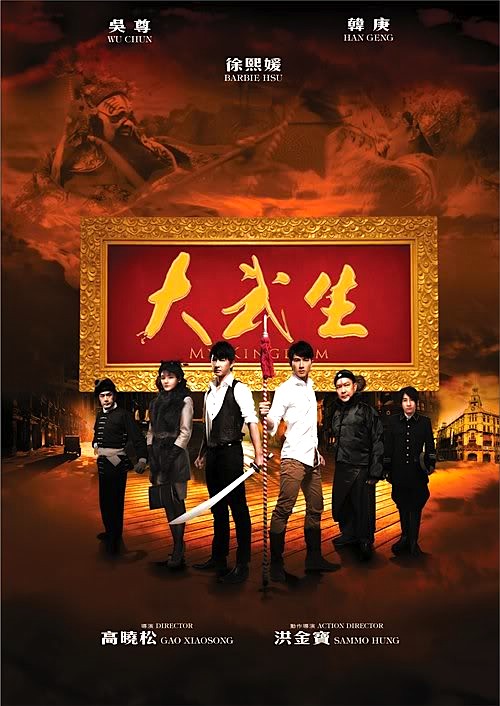 By Joe Bendel. Early Twentieth Century China was a rough and tumble place. If the Shaolin monks could mix it up with warlords and imperialists, why shouldn’t the actors get in on the act? Two adopted brothers will play parts in a high tragedy of almost Biblical dimensions in Gao Xiasong period action revenge drama, My Kingdom (trailer here), which opens today in New York.
By Joe Bendel. Early Twentieth Century China was a rough and tumble place. If the Shaolin monks could mix it up with warlords and imperialists, why shouldn’t the actors get in on the act? Two adopted brothers will play parts in a high tragedy of almost Biblical dimensions in Gao Xiasong period action revenge drama, My Kingdom (trailer here), which opens today in New York.
Young Er Kui’s singing voice saved his life. Unfortunately, the rest of the Meng clan, including his little sister, were beheaded by the cruel Prince Regent. Er Kui is raised – with the slightly older Guan Yi Long – to be an apprentice to revered opera performer Master Yu. Opera is serious business in 1920’s China, especially when Master Yu is awarded a golden plaque designating him “The Mightiest Warrior.” Drawing a full contact challenge from the resentful Master Yue (with an “e”), Yu must “break his spear,” and retire from the stage after losing the duel under somewhat questionable circumstances.
Both brothers, however, yearn for vengeance. Yi Long is determined to regain their master’s golden plaque from Yue, while Er Kui is determined to bring down his wrath upon the Prince who bestowed it. The first proves relatively easy, but enormously cinematic. The latter will be more difficult, considering the offending Prince is dead. He had seven sons, though (but maybe not for much longer). Further complicating matters is Xi Mulan, Yue’s lead actress and former lover. She now shares the stage with the brothers who have taken over Yue’s Beijing Opera troupe, which is more than a little awkward.
Kingdom is somewhat akin to Japanese filmmaker Kon Ichikawa’s truly classic Revenge of a Kubuki Actor, combining a behind-the-scenes view of traditional theater with a good old-fashioned payback story. However, Kingdom has far less angst and much more melee, with Master Sammo Hung serving as action director (as he did for Detective Dee and the Ip Man franchise). He puts quite a stamp on the film, choreographing the fight scenes with appropriately theatrical flair. Continue reading The Art of Stage Fighting: LFM Reviews My Kingdom
